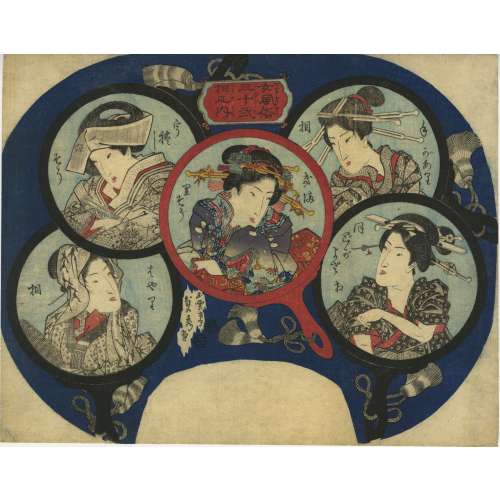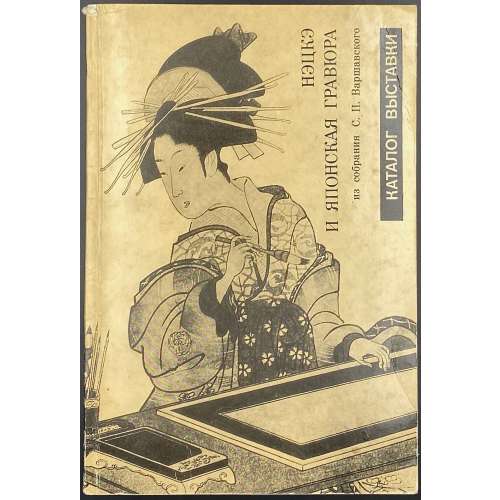- The Artist and the City
- Kyoto Artists
- Edo Artists
- Osaka and Nagasaki Artists
- Itinerant, Provincial, and Rural Artists; Itinerant Monk-Artists and Pilgrimage Art; Poet and Literati Painters; Provincial and Rural Artists
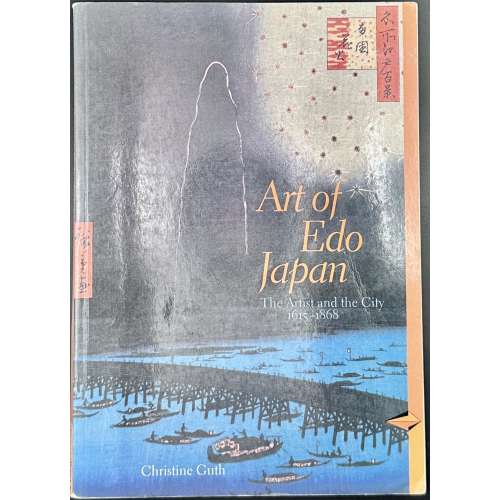
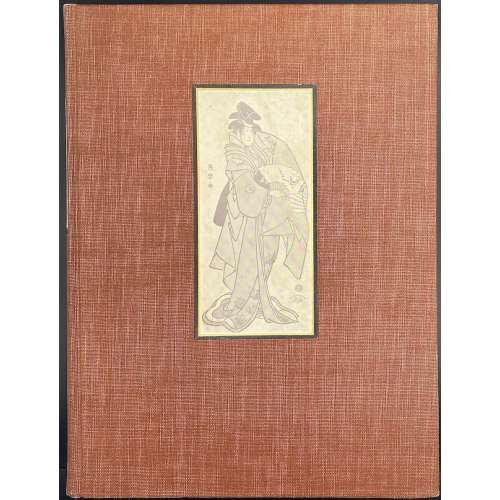
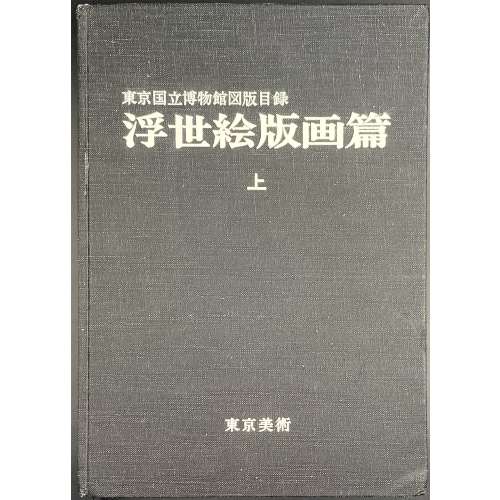
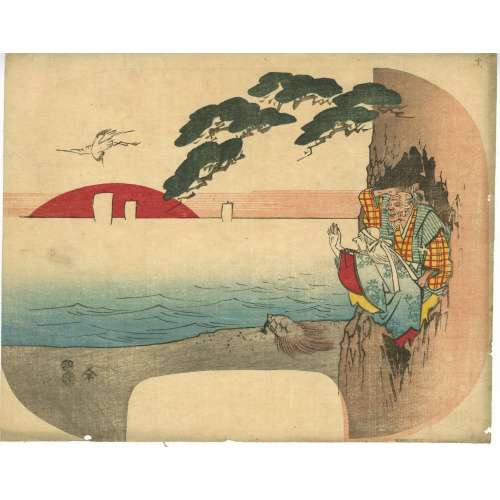
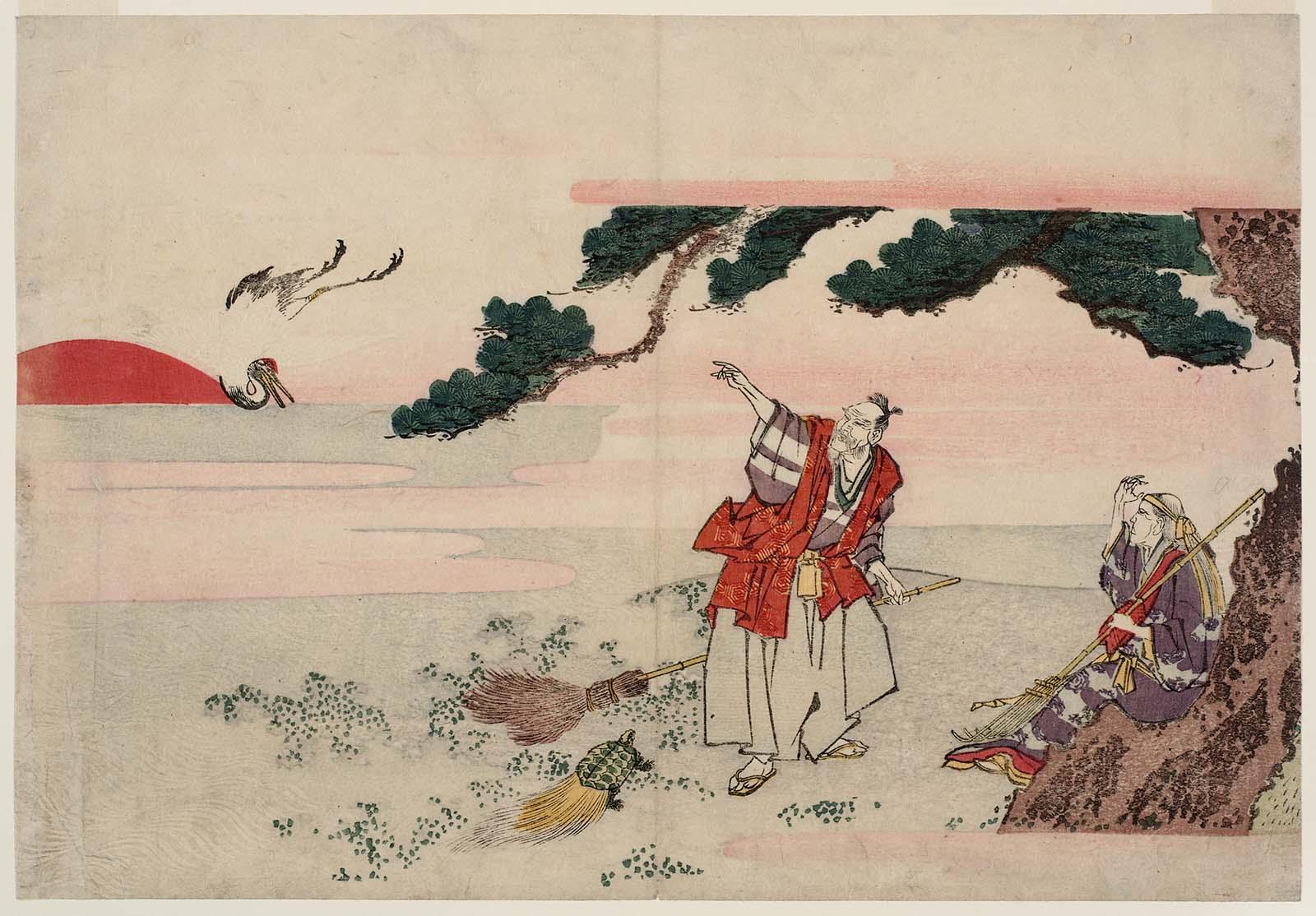 MFA-B № 21.10269 |
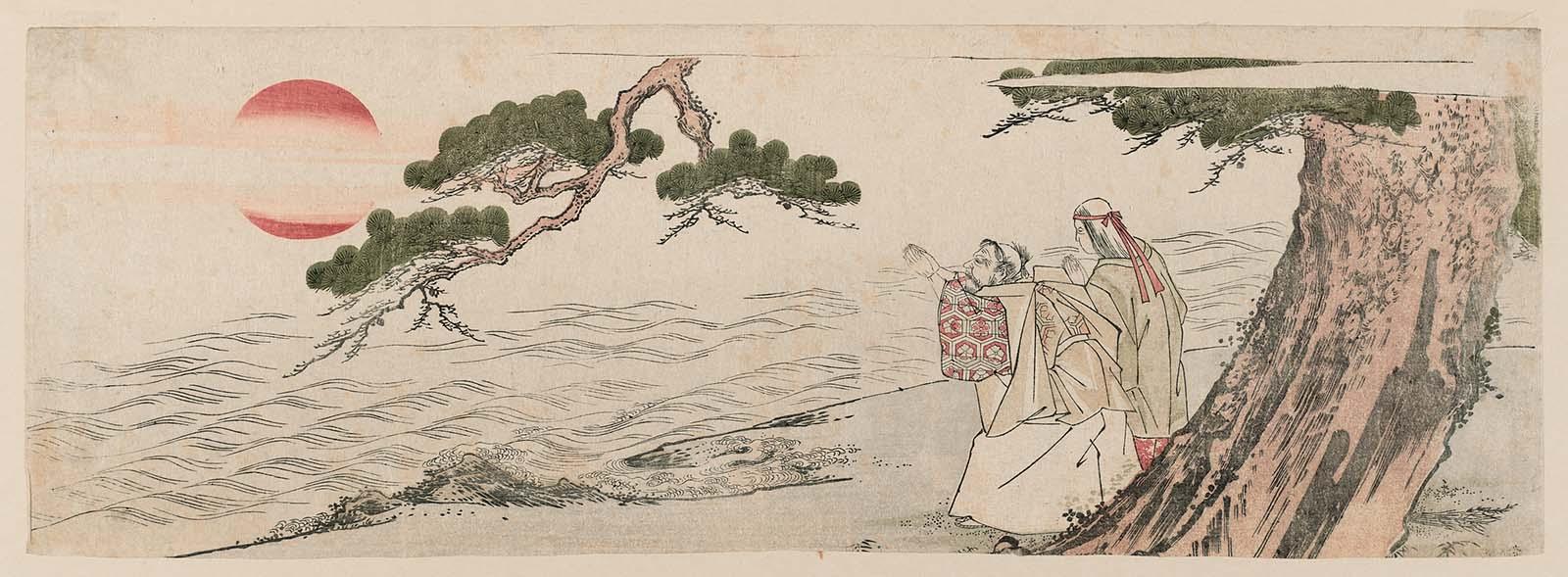 MFA-B № 21.7869 |
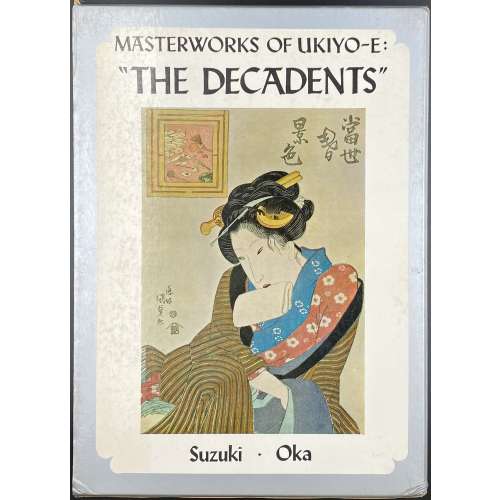
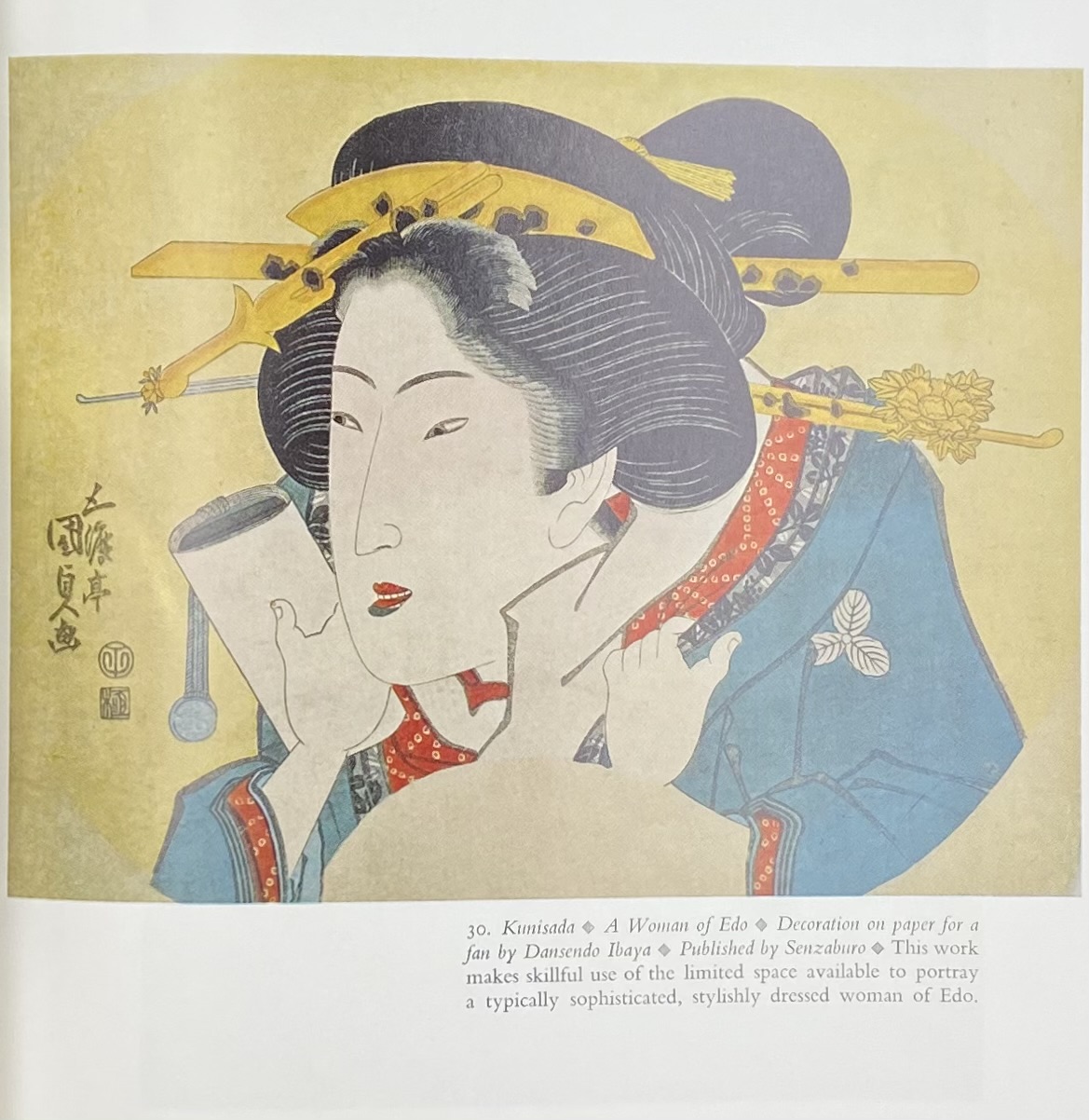
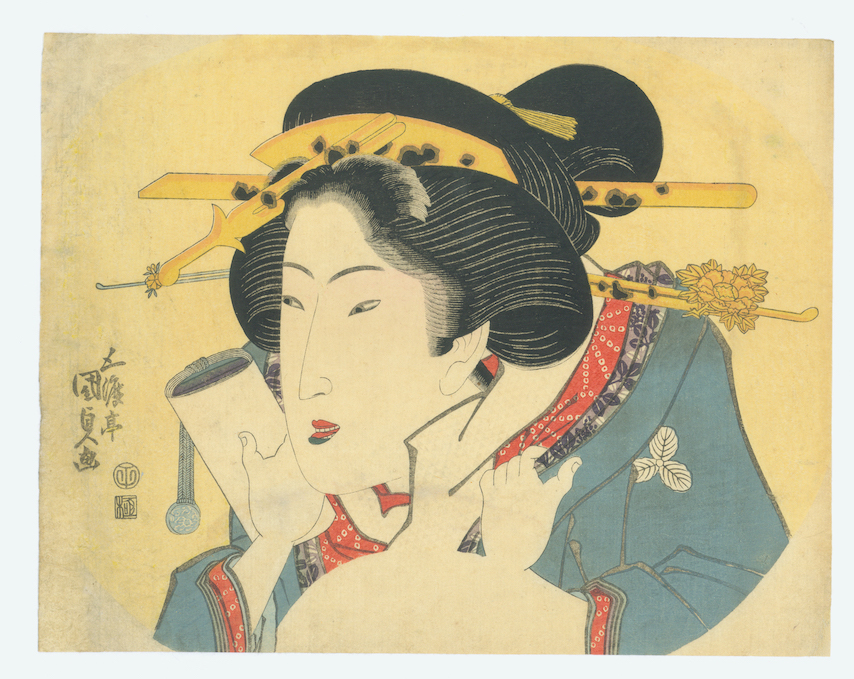
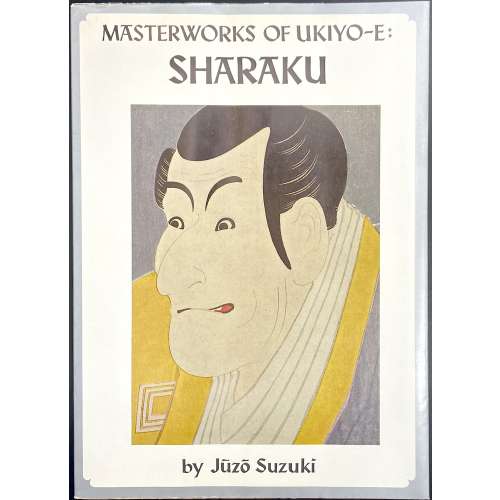
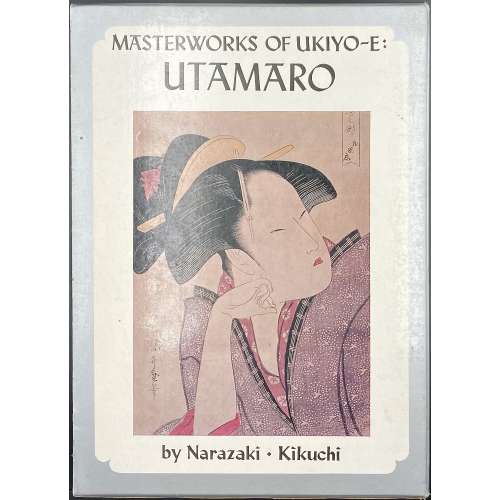
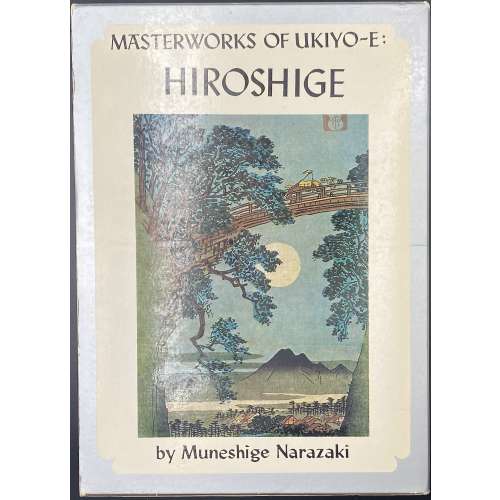
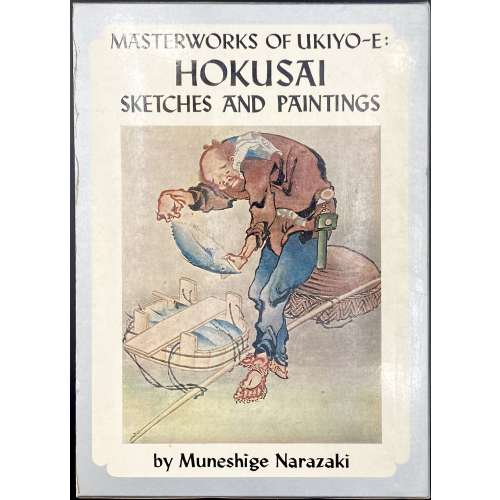
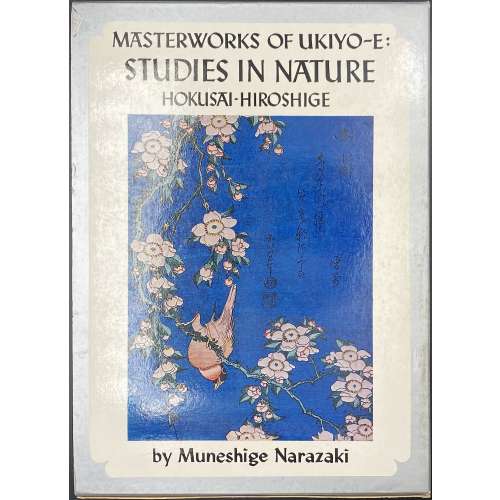
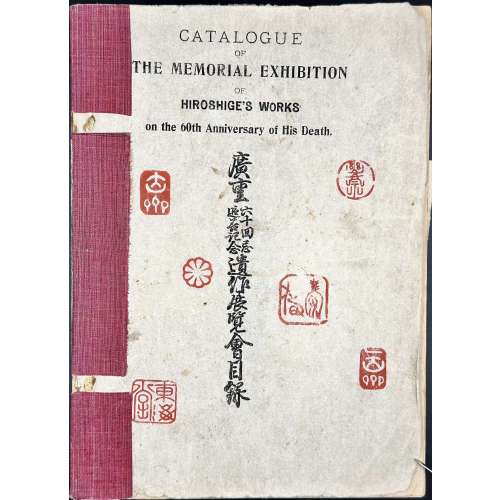
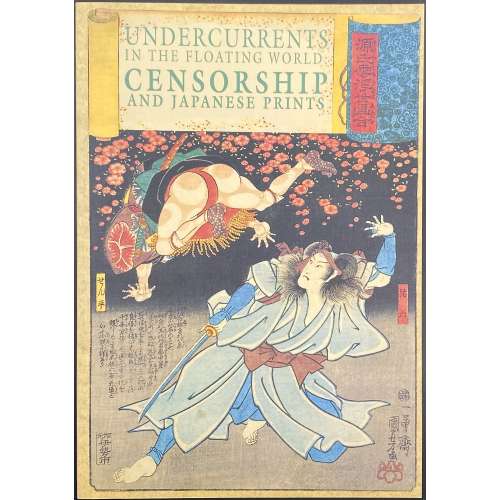
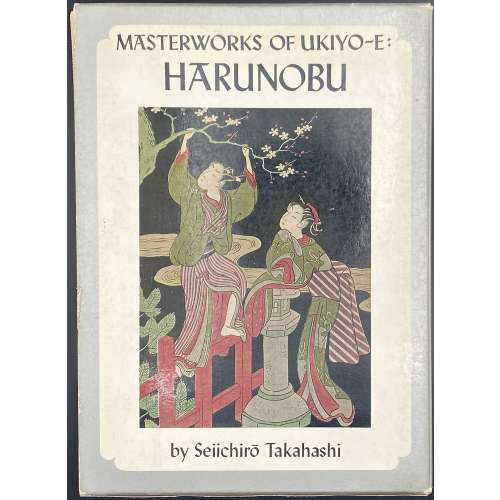
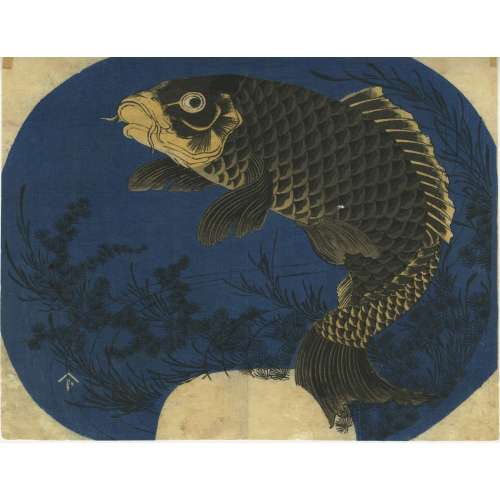
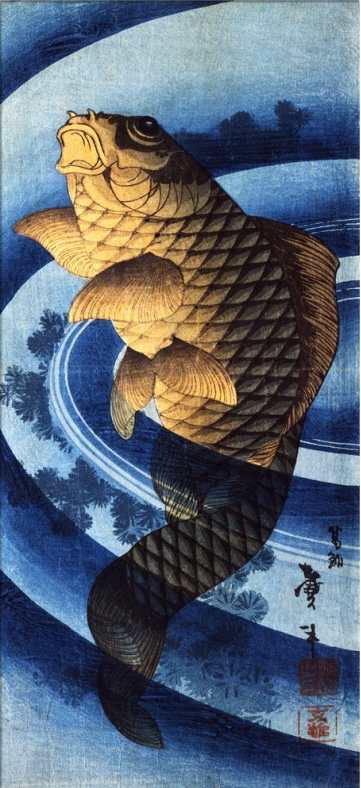
Katsushika TAITO II (fl. c. 1810-53)
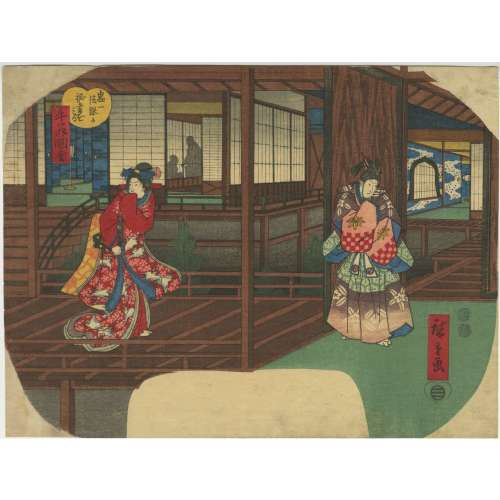
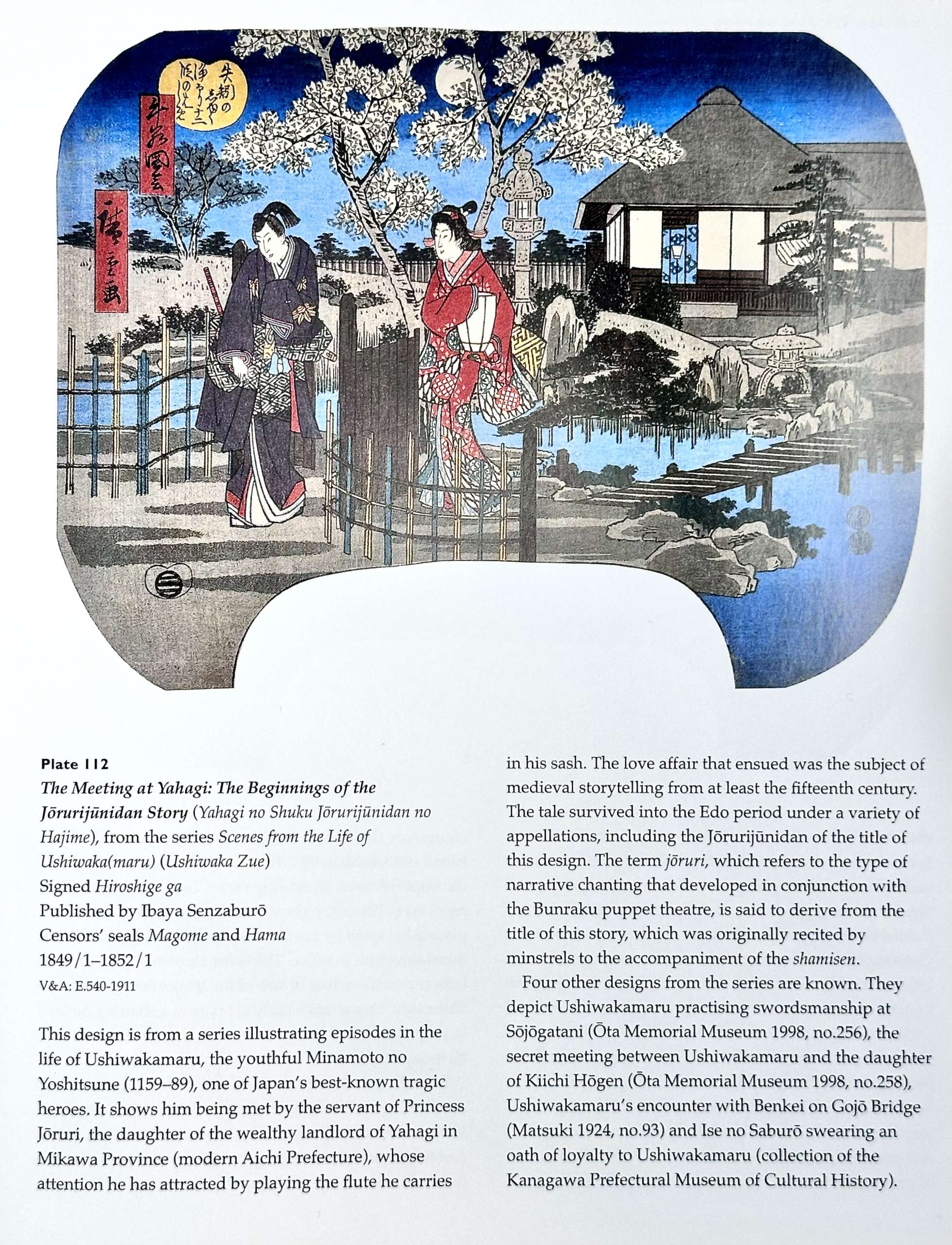
Rupert Faulkner (2001)
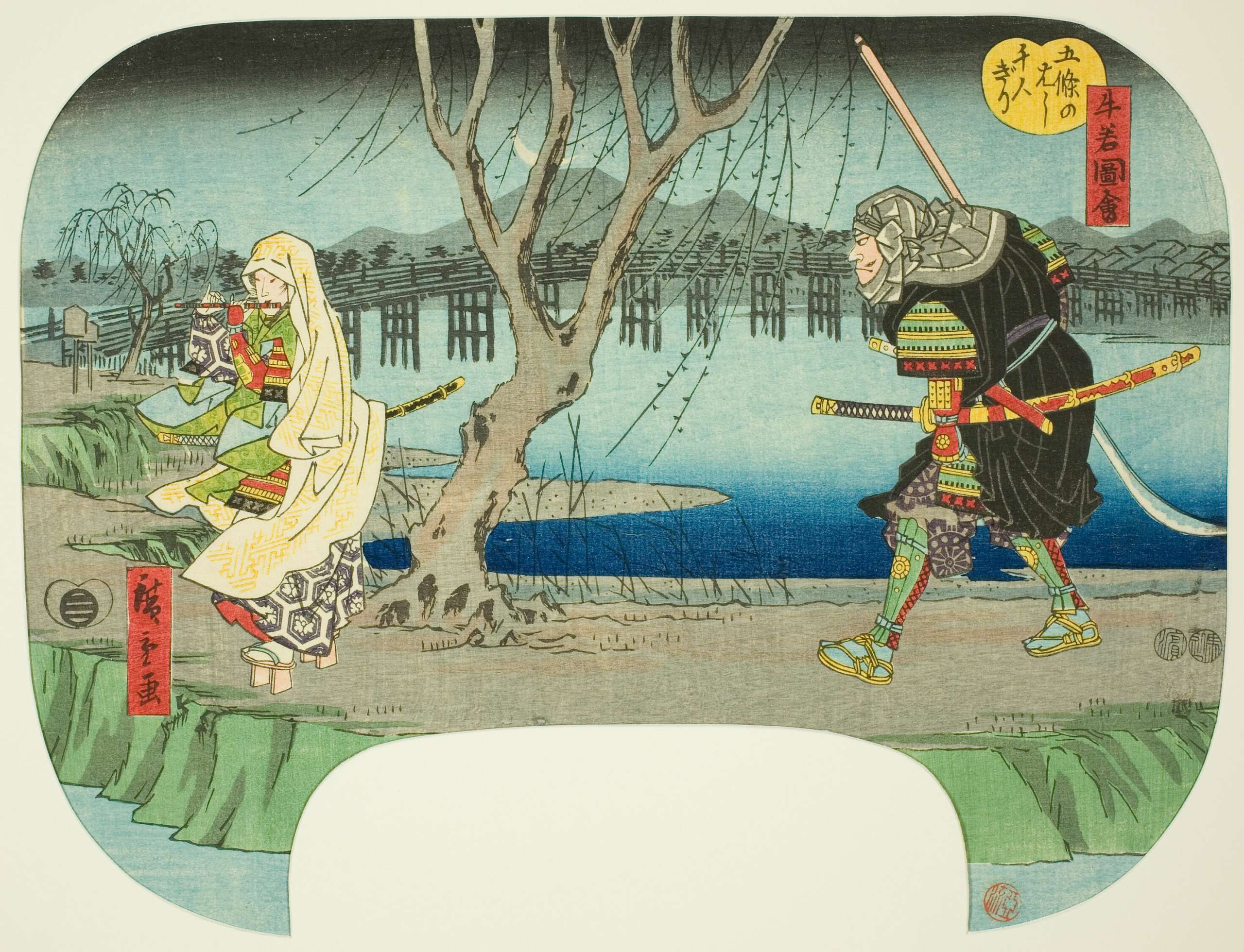
AIC Reference Number 1925.3802
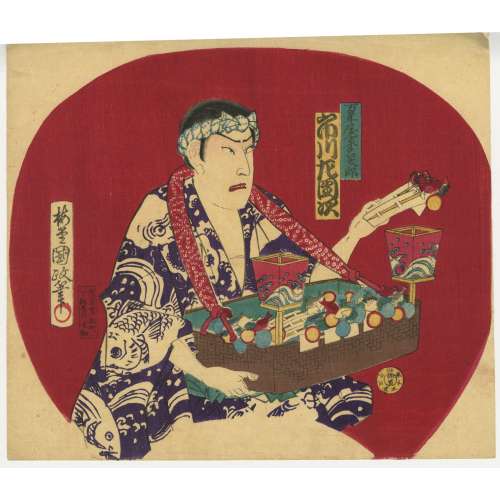
Title: Kabuki Actor Ichikawa Sadanji I as Mannenya Kamei Tarō
Artist: Utagawa Kunisada III (Baido Kunimasa) [Japanese, 1848–1920]
Signature: Baidō Kunimasa hitsu (梅堂國政筆)
Actor: Ichikawa Sadanji I (市川左団次, also known as Ichikawa Shōjaku I, Ichikawa Koyone, Ichikawa Tatsuzō) [Japanese, 1842–1904]
Role: Mannenya Kamei Tarō (万年屋家名太郎)
Play: Unidentified
Publisher: Shimōsaya Masukichi (下総屋升吉)
Publisher’s Address: Asakusa, Kurofune-chō (浅草 黒舩)
Date: [明治十三年三月] Meiji 13 (1880), 3rd month
Medium: Uchiwa-e (団扇絵, fan print), ink and colour on paper, 245 × 282 mm
This uchiwa-e (fan print) by Utagawa Kunisada III (also known as Utagawa Kunimasa IV) portrays the kabuki actor Ichikawa Sadanji I in the role of Mannenya Kamei Tarō. The figure is depicted in a dramatic stance, dressed in a striking blue kimono adorned with fish and wave motifs, suggesting a maritime or festival connection. He carries a large basket supported by a fabric strap around his neck, filled with small toy fish attached to sticks, along with round objects that could be festival sweets or miniature decorations. He holds one of these toy fish-on-a-stick items in his right hand, possibly demonstrating it as part of a vendor's performance.
The background is a bold, deep red, contrasting with the detailed rendering of the actor’s expression and costume. The print was published in 1897 (Meiji 30) by Shimōsaya Masukichi, a publisher based in Asakusa, Kurofune-chō. Though the exact play remains unidentified, the composition captures a moment from a kabuki performance where street vendors and festival sellers were often featured as comic or supporting characters in Edo-period narratives.
This work exemplifies the continuation of traditional kabuki actor portraiture into the Meiji period, reflecting both theatrical culture and popular printmaking traditions at the time.
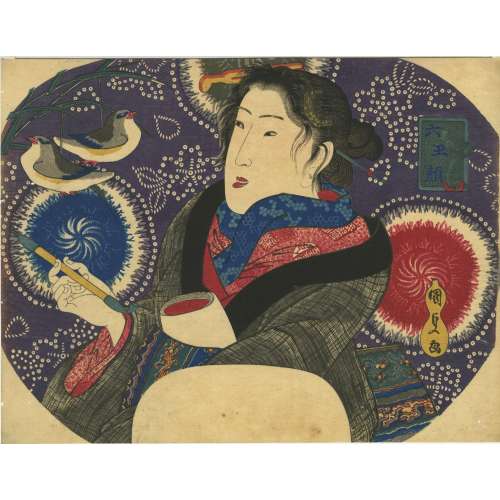
The colorful background, with explosions of tie-dyed floral motifs, is a reminder of how Kunisada made all his thousands of Genji-print designs a visual record of different textile patterns of the day. The title Six Jewel Faces (Mu tama-gao), along with its allusion to the literary theme of Six Jewel Rivers, suggests that this set of fan prints captures the appearance of a half-dozen attractive individuals, and, indeed, the other five works in the set show images of beautiful women, mostly courtesans of the pleasure quarters.
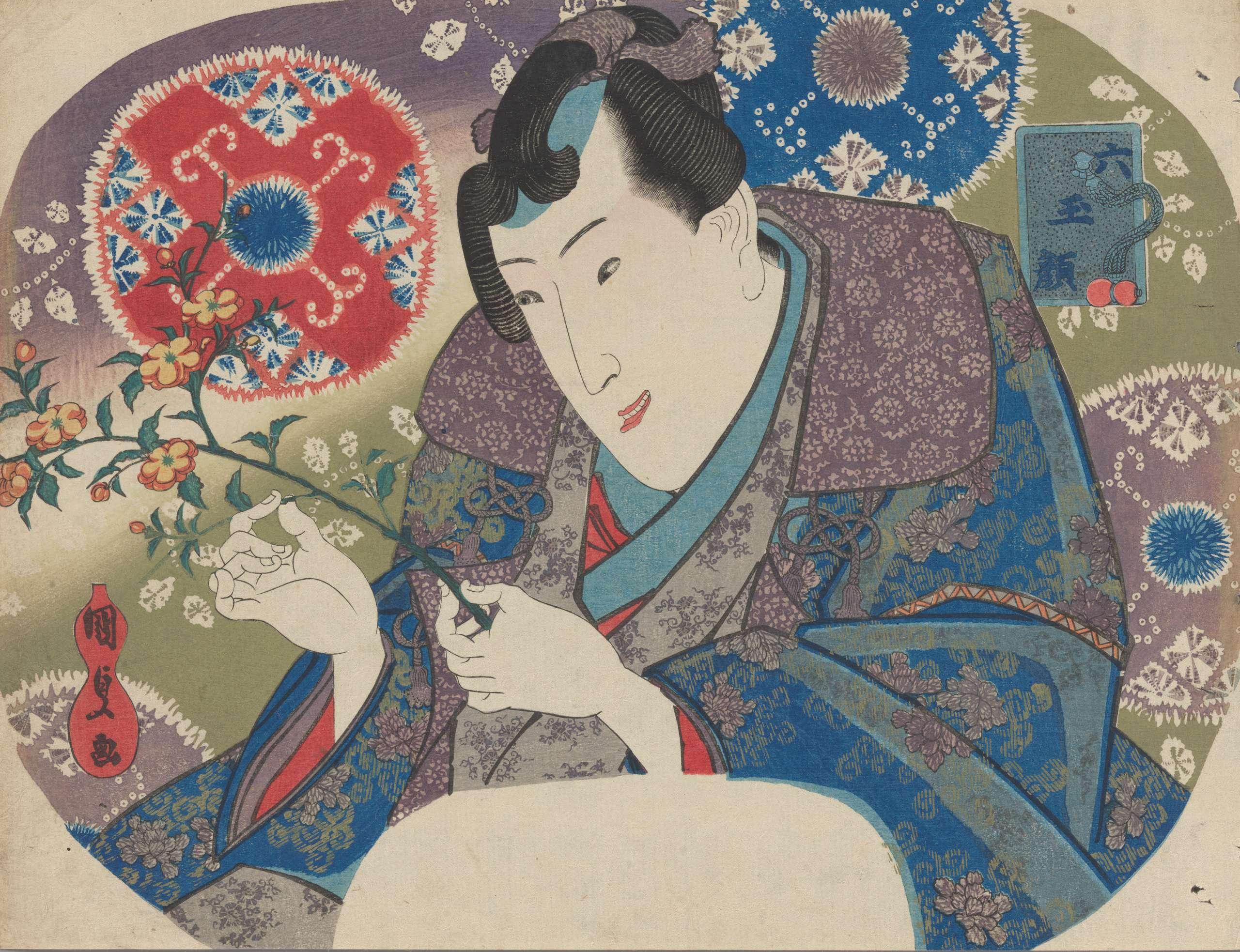 Mitsuuji with Mountain Roses (Yamabuki), from the series “Six Jewel Faces” (Mu tama-gao).
MET Accession Number:2019.3
References:
1) [LIB-2967.2022] Utagawa Kunisada: His world revisited / Catalogue 17, Exhibition March 17-21, 2021. — NY: Sebastian Izzard, LLC., 2021.
2) [LIB-3428.2025] Christie’s, New York: Japanese Prints, Paintings, and Screens, Monday, 24 November 1997 / Sales Catalogue, №№ 84-89.
Description by the latter: "aiban uchiwa-e (22.7 × 29.8 cm.); a beauty against a background of tie-dyed fabric patterns holding a pipe looking at toy birds hanging from bamboo, from the series Mutamagao “Six jewel faces”, the bird decorations alluding to the Jewel River in Noda (Chidori no Tamagawa) in Rikuzen province, signed Kunisada ga".
Mitsuuji with Mountain Roses (Yamabuki), from the series “Six Jewel Faces” (Mu tama-gao).
MET Accession Number:2019.3
References:
1) [LIB-2967.2022] Utagawa Kunisada: His world revisited / Catalogue 17, Exhibition March 17-21, 2021. — NY: Sebastian Izzard, LLC., 2021.
2) [LIB-3428.2025] Christie’s, New York: Japanese Prints, Paintings, and Screens, Monday, 24 November 1997 / Sales Catalogue, №№ 84-89.
Description by the latter: "aiban uchiwa-e (22.7 × 29.8 cm.); a beauty against a background of tie-dyed fabric patterns holding a pipe looking at toy birds hanging from bamboo, from the series Mutamagao “Six jewel faces”, the bird decorations alluding to the Jewel River in Noda (Chidori no Tamagawa) in Rikuzen province, signed Kunisada ga".
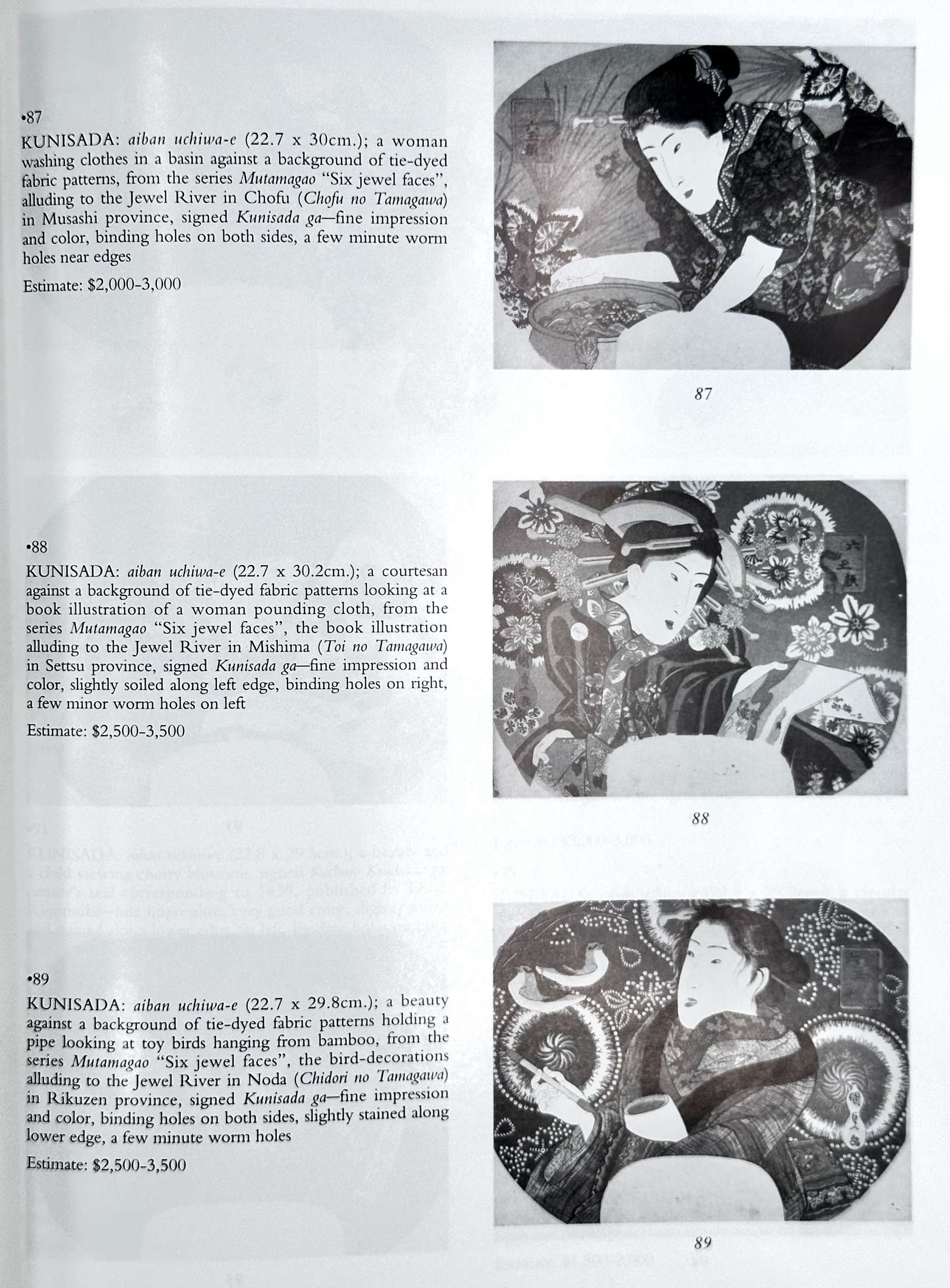 |
 |

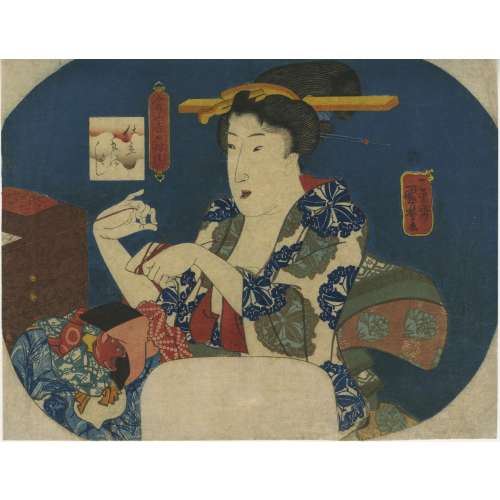
A half-length portrait of a woman seated in an interior, winding red thread, dressed in a richly decorated kimono featuring intricate floral motifs in blue, green, and brown hues with a red underlayer. Her elaborately styled hair is adorned with a yellow comb and multiple hairpins. To her left is a partially visible wooden chest of drawers, to which a piece of red paper bearing calligraphy is affixed. A puppet or doll dressed in a patterned kimono with a striking red-painted face rests on her lap or a surface before her.
An uncut fan print (aiban yoko-e uchiwa-e) entitled “Good tailoring” or “Good sewing [仕立ものよし] (shitate monoyoshi)” from the series "It’s an Auspicious Day to…" [最上吉日つくし] (Saijō [no] kichijitsu tsukushi).
Artist: Utagawa Kuniyoshi [歌川 國芳] (Japanese, 1798 – 1861).
Signature: Ichiyûsai Kuniyoshi giga (一勇斎 國芳戯画, playfully drawn by Ichiyûsai Kuniyoshi).
Publisher: Enshūya Matabei [遠州屋又兵衛] (Enterprise, active c. 1768 – 1881); seal: "to" (ト) under roof (Marks 01-031 | 057a). Nanushi seal Watari (渡) for Watanabe Shōemon, VI/1842-V 1c/1846. Media: Fan print (uchiwa-e, 団扇絵), 224 x 290 mm. Reference: (1) Kuniyoshi project; (2) Tokyo Museum Digital Archive [Thanks to Horst Greabner]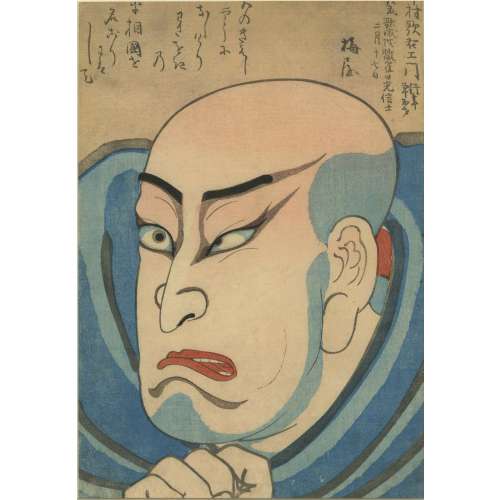
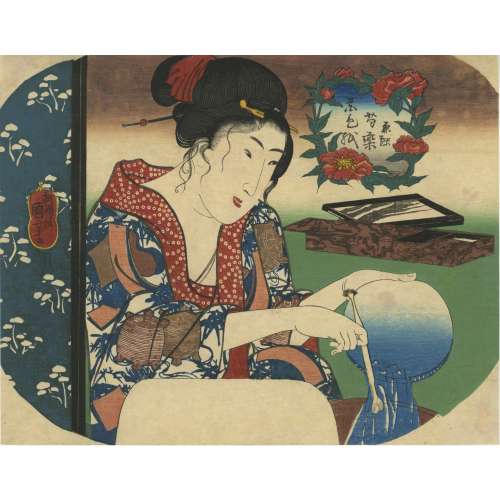
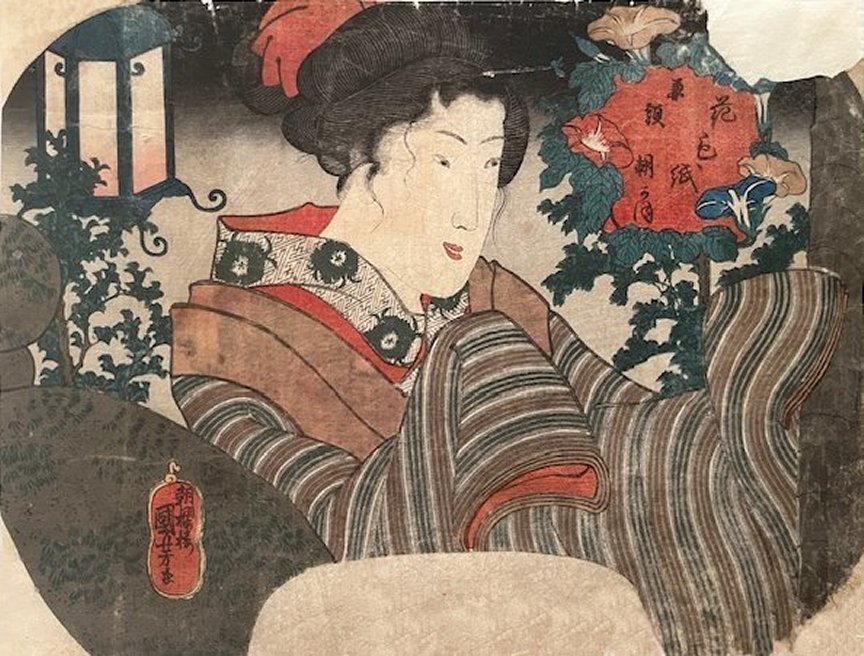 Morning Glory (Asagao, 朝顔) |
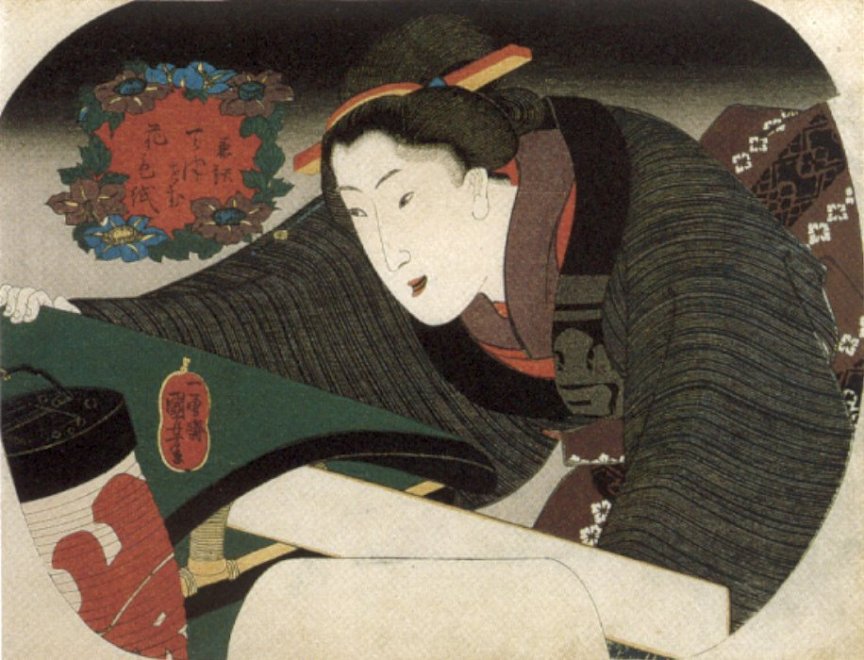 Clematis (Tessen, 鉄線) |
|---|

Half-length portrait of a woman facing slightly to the right. She wears a patterned kimono with multiple floral and seasonal motifs, including uchiwa (round fans), plum blossoms, maple leaves, chrysanthemums, snow-covered bamboo, pine branches, and peonies. Her obi is tied in front, and a red collar is visible beneath the layers. Her hair is arranged in an elaborate updo and is adorned with a hairpin featuring a rabbit and a crescent moon, referencing lunar symbolism. She dedicates a hand towel at a washing trough (手水舎, temizuya) in a shrine. Inscriptions on the towels.
In the background, several towels are hanging, featuring various mon (family crests) and symbols:
